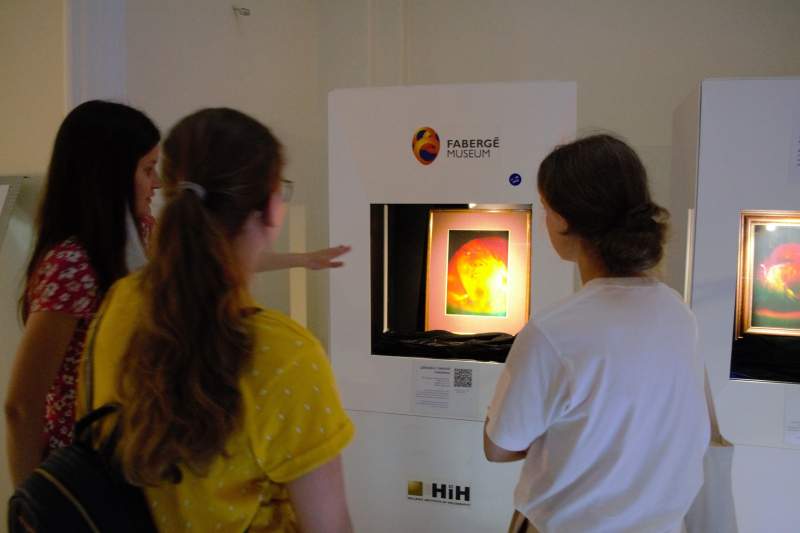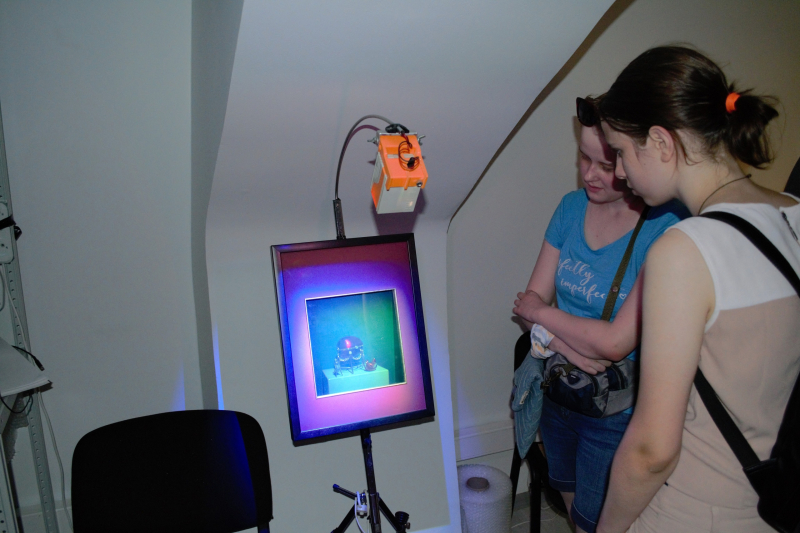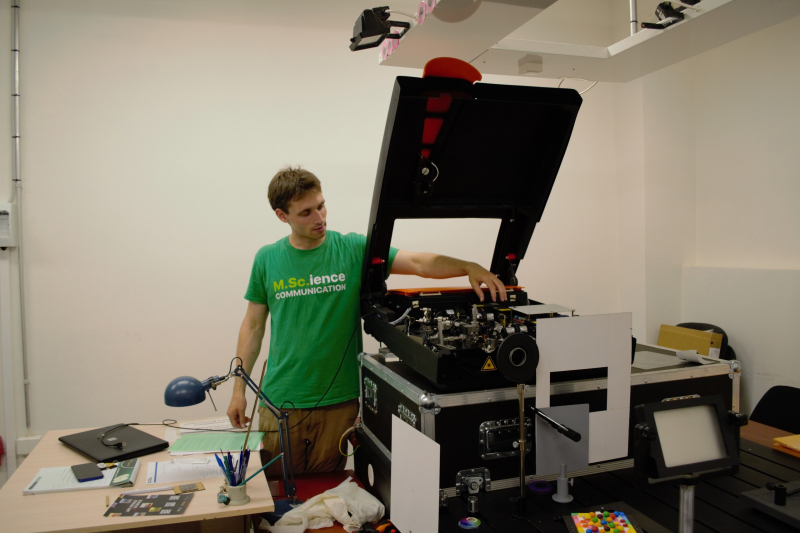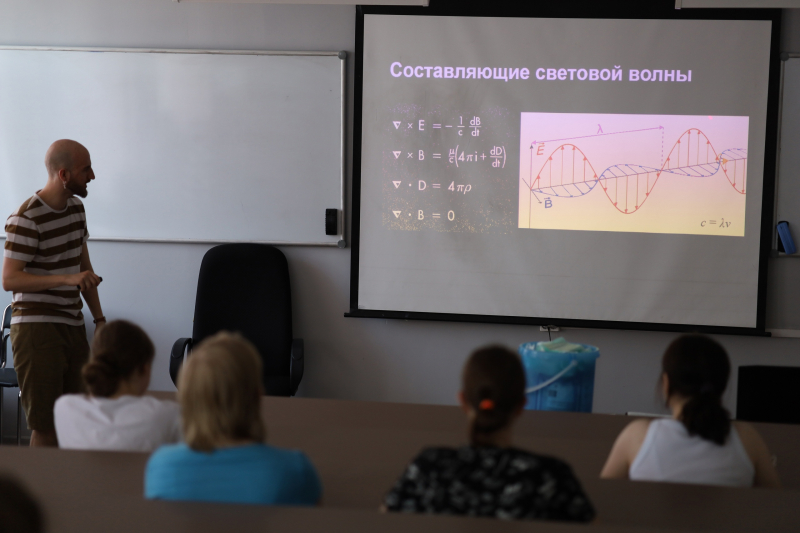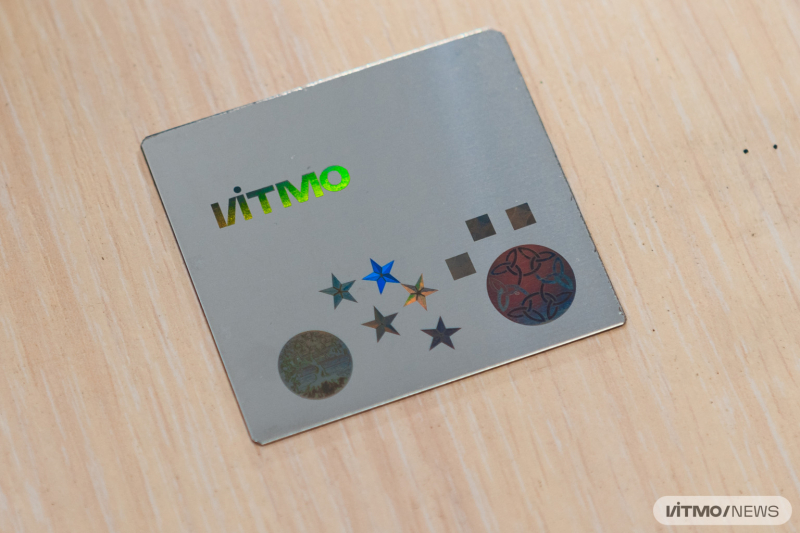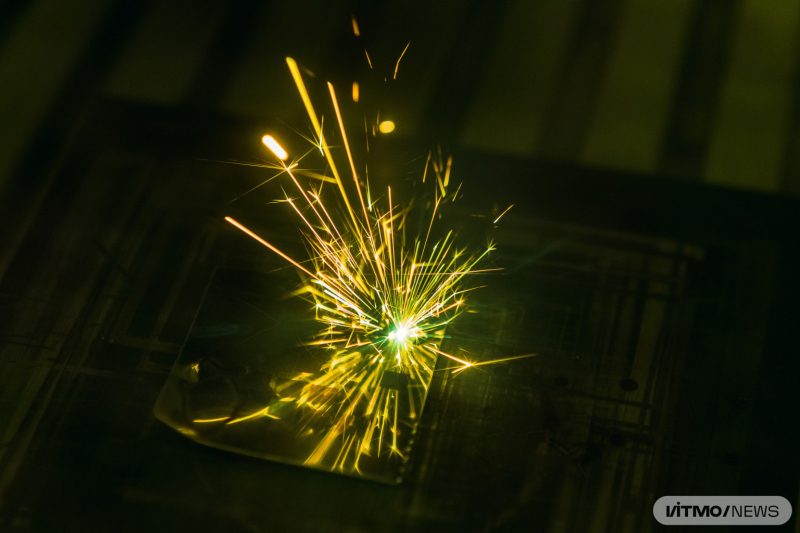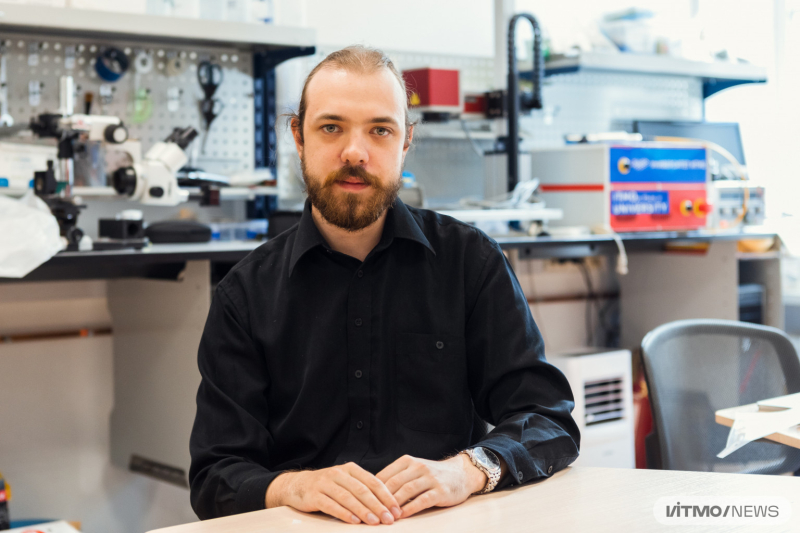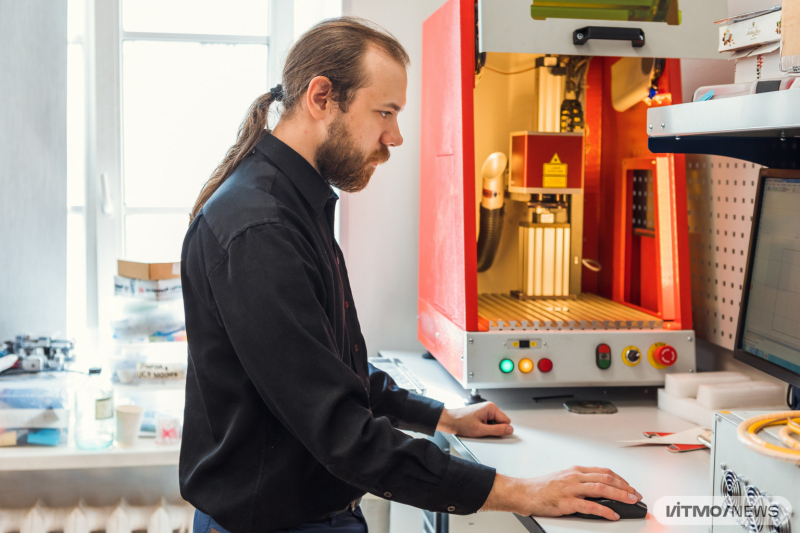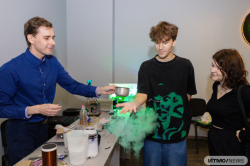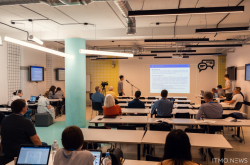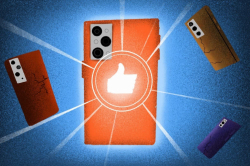Contents
Summer School in Laser Technologies
Launched in 2010, this school is a free research training program by ITMO’s Institute of Laser Technologies. Here, students of grades eight to eleven have the chance to learn their way around laser technologies, run their own projects, take part in workshops, attend lectures, and present their research at topical conferences.
Apart from these skills, the participants can get five additional points when applying to ITMO University – by winning the best report contest at the school or the Congress of Young Scientists.
Read also:
ITMO Admissions 2023: Programs, Deadlines, and How To Apply
The curriculum
The school includes three different offline events for every taste.
Summer School in Laser Technologies. This is a week-long beginner course held annually in late June. Participating students tour ITMO’s laboratories and get their first introduction to laser technologies and their applications, such as substance detection, fungus disease treatment, or the development of new surfaces and holograms. Moreover, every student gets to make and keep their own souvenir, like a laser-engraved pen, at one of the labs.
Apart from attending workshops and lectures, participants can participate in the best report contest with a presentation on their research. Winners of the contest receive five additional points when applying to ITMO’s Laser Technologies Bachelor’s program.
Seasonal School in Laser Technologies. This is a two-stage course for more experienced students. Once every week from October to January, students attend workshops and lectures by the staff and students of ITMO’s Institute of Laser Technologies, as well as industry representatives. At these classes, they learn about laser radiation and its interaction with different substances, the difference between types of lasers, and the applied problems that can be solved with lasers.
Then, in February and March, the school’s participants conduct supervised individual or group research projects at the university’s laboratories. Within such projects students can develop, for example, thin films for hazardous gas detection, laser markings for product identification, anti-forgery holographic engravings, or materials with new properties, such as water repellency, biocompatibility, durability, and electroconductivity.
The school culminates at ITMO’s Congress of Young Scientists, where the participants have the opportunity to present their projects completed at the school in front of an expert board. Those with the best reports get an additional five points when applying to any Bachelor’s program offered by ITMO University.
Those students who wish to continue developing their projects from the school within the familiar teams can apply for the Laser Technologies Bachelor’s program. There, they will also have the chance to choose one of the four tracks on offer depending on their desired career: researcher, engineer, entrepreneur, or artist.
Laser Creativity Lab. A perfect opportunity for hackathon enthusiasts, this initiative offers workshops on industrial laser technologies by experts from ITMO and the company Laser Center. After a short period of studies, participants form teams to come up with the most creative laser applications. Teams with the best ideas receive gifts from the university.
Ksenia Egorova, the school’s curator, shares that last year’s participants suggested developing a system of images projected onto the pavement to help smartphone users safely cross roads. Other suggested technologies were laser-assisted sewing and lidars for driverless metro trains.
Ksenia Egorova. Photo by Dmitry Grigoryev / ITMO.NEWS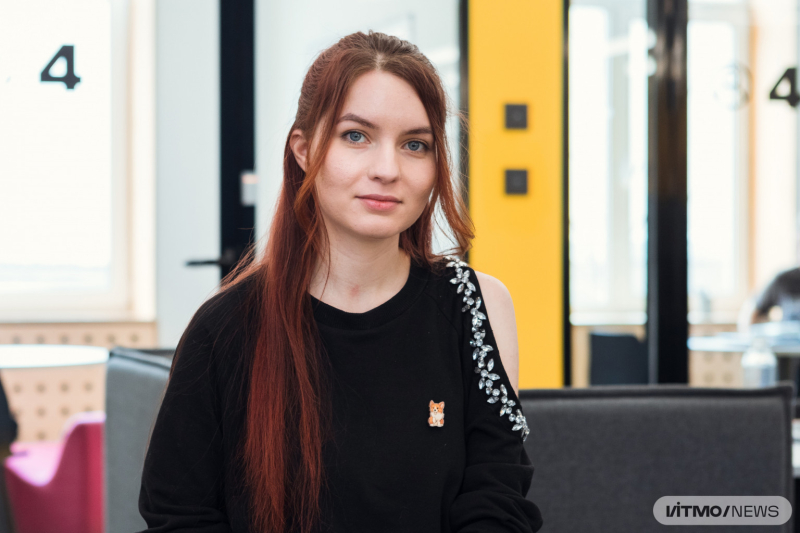
Read also:
ITMO Researchers Find Way to Make Packaging Cheap, Easy to Apply
Where to apply the new skills
Continue your research at ITMO. Maria Egorova became interested in laser technologies when she was in eleventh grade. At the Summer School in Laser Technologies, she studied and optimized the laser-induced microplasma (LIMP) method for cheap production of optical elements, such as diffraction grids, waveguides, as well as micro- and nanostructures on metal surfaces for use in microelectronics. Thanks to her research, Maria was able to become a student of the Institute of Laser Technologies as a participant of ITMO.STARS. Her experience at the school helped her quickly adapt to the atmosphere at ITMO, and now she continues developing her research and presenting it at such conferences as FLAMN, SLALOM, and the Congress of Young Scientists.
“At the school, I learned about different laser methods, brushed up on my optics knowledge, and learned about the interaction of lasers with various substances. I am grateful for the opportunity to work with laser equipment and measuring devices. Before I came to ITMO’s Institute of Laser Technologies, I hadn’t had the chance to get my hands on such equipment. Here, I not only got a tour of the lab, but also could conduct my own research,” shares Maria, now a second-year student at the Institute of Laser Technologies.
Maria Egorova. Photo by Dmitry Grigoryev / ITMO.NEWS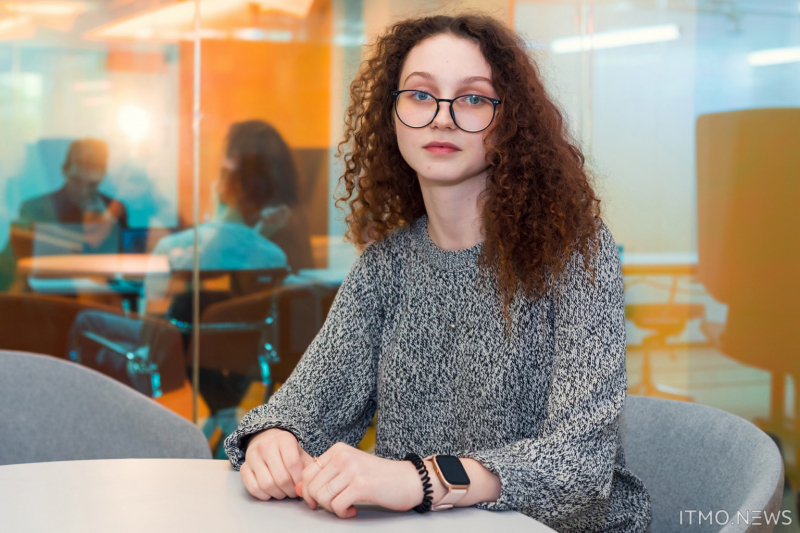
Develop new technologies at ITMO. Mikhail Moskvin, a PhD graduate and a junior researcher at the Institute of Laser Technologies, had the chance to participate in the first two summer schools held by the institute. Then, he started researching optical properties of materials, as well as technologies for etching diffraction grids on metals – a method that can be used to create holograms. The schools also helped him become comfortable with public speaking. Having polished his diffraction grid technology, Mikhail is planning to defend his thesis on the topic this year.
Now, Mikhail joins the school as a lecturer and supervisor – a change that provided him with a new perspective.
“As a supervisor, I get the opportunity to study the phenomena that I didn’t have the time to study within my own projects. For instance, I was always curious how sound can be generated with laser radiation. One of the students of the school, Anna Nesmachnykh, was interested in the same thing, so she suggested we explore this topic. We tested several hypotheses to discover that the sound is generated by an acoustic wave formed by erosion laser microplasma. The microplasma is created when metals are subjected to infrared pulse radiation. The results of this study will help develop a new musical instrument – the laser xylophone,” says Mikhail.
How to get in
All upcoming events are announced on the school’s VK page (in Russian). There, you can also submit your application for any that has caught your interest. Each event typically welcomes around 20 students of grades eight to eleven; seasonal schools tend to favor students who are about to graduate from school because they can get additional points when applying to ITMO.

